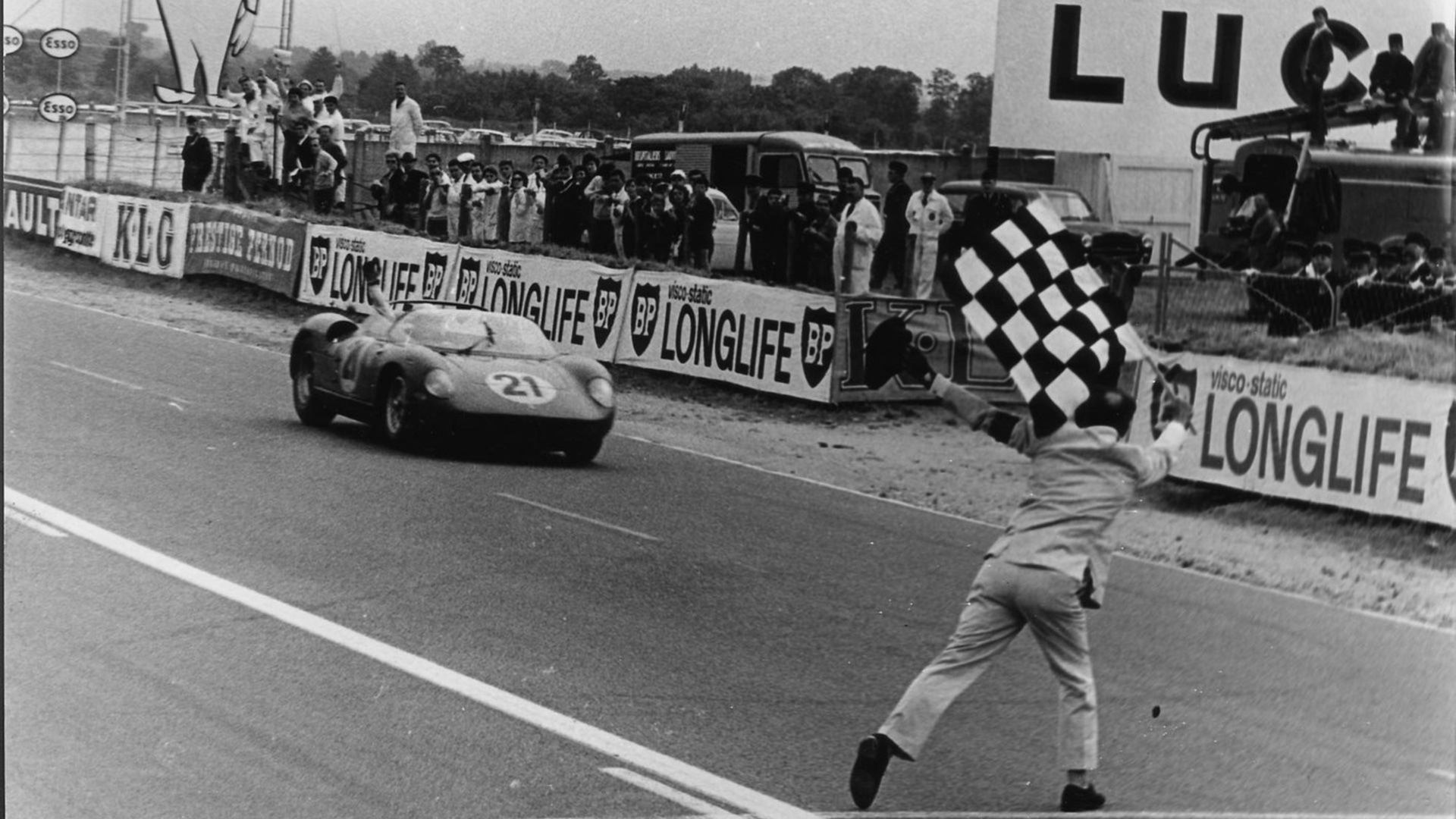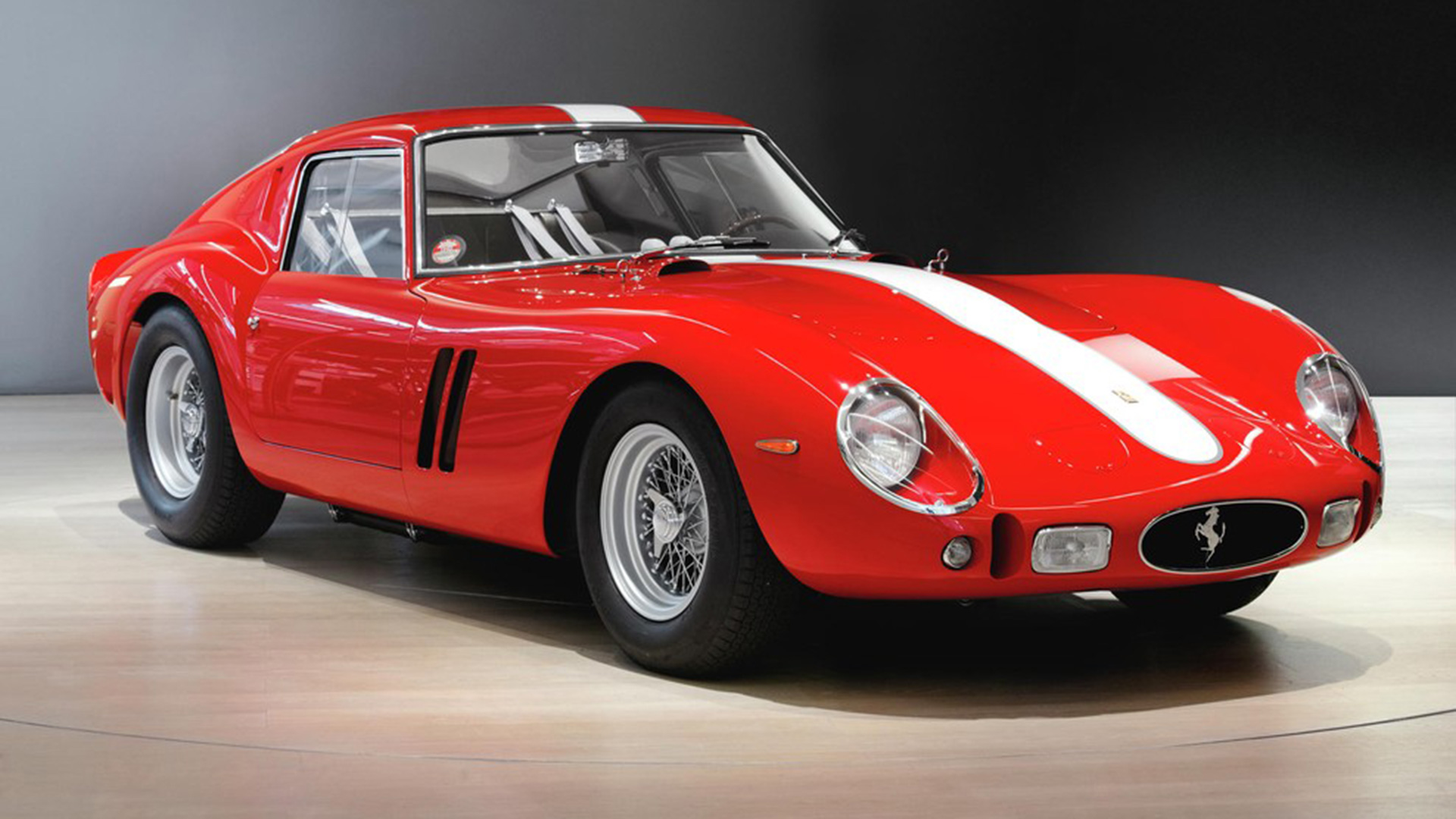







MASTERPIECE
UNVEILING OF ICONIC 250 GTO






MASTERPIECE
24 February – the Ferrari 250 GTO was presented, a car that went on to win the International Championship for GT Manufacturers in 1962, 1963, and 1964 The year 1962 saw the arrival of the model, that more than any other, represents the quintessence of the Ferrari brand in the collective imagination – the 250 GTO.

It was officially unveiled at a press conference presenting the programmes for the season ahead. In fact, the first experimental car had already been on track at Monza in August 1961 with Giancarlo Baghetti and in September, prior to the Italian Grand Prix tests, with Willy Mairesse and Stirling Moss. The 250 GTO perfectly encapsulated the Ferrari philosophy – performance and design excellence. It was not simply a great tourer, but a real racing car with a number plate. It was an icon, whose sinuous and at the same time aggressive line is still captivating down to this day, and for many regarded as the most beautiful Ferrari of all time. It won everything there was to win on the track, and today is the highest valued historic car in the world – we are talking about figures of €30 million, which are bound to increase. The car was designed by the brilliant Giotto Bizzarrini based on the 250 GT SWB, to race in the World Marques Championship, which from 1962 changed its name, moving over to GT and was divided into categories. The letter O in GTO stands for Omologata (approved), but the 100 examples that were then requested were never produced. There were 36 plus another three equipped with a 4000-cc engine.
Bizzarrini cared about aerodynamics and the vehicle’s lines were sculpted in the wind tunnel. However, the engineer, a native of Livorno, wasn’t there for the launch of the car in February 1962, as he had been part of the core management that Enzo Ferrari decided to renew at the end of 1961. Responsibility for the vehicle and its approval then passed to Mauro Forghieri. Sergio Scaglietti gave the last touches to the body, shaping the metal exposed on the frame, piece by piece, without drawings. The 250 GTO’s great reputation developed on racetracks around the world, and on road courses such as the famous Tour de France Automobile. The 250 GTO delivered three world championships to Maranello from 1962 to 1964, plus many victories in the most prestigious races. In the early season conference, it was the only one that still had a front engine, the 3-litre V12 300 hp designed by Gioacchino Colombo, while the sports cars and F1s had changed to a mid-engine over the wheel axle. A rear spoiler was added before its debut in the 12 Hours of Sebring. In the race, Olivier Gendebien and Phil Hill drove their 250 GTO to second overall and first in the GT category, behind the Ferrari 250 Testa Rossa, which won with Joakim Bonnier and Lucien Bianchi. We can also see that the 250 GTO is a work of art by the fact that this racing model has the largest number of differently coloured liveries, besides the classic red.